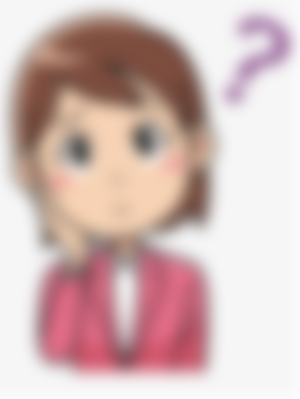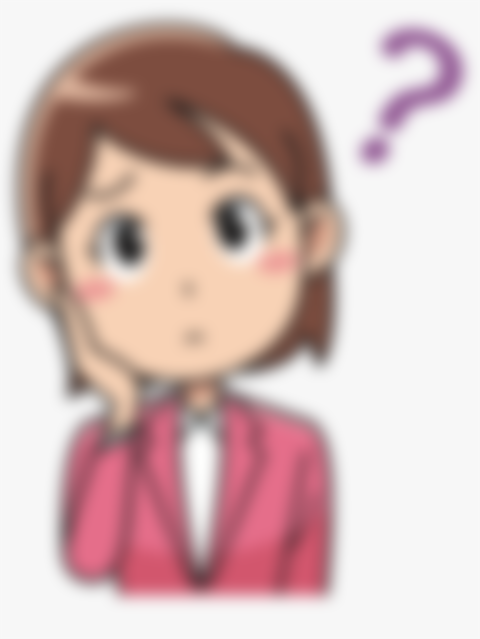Think Before You Speak: Read Before You Think
Picture out life without the presence of printed materials as newspaper, books, or magazines. What do you think would it be like? Would it be pale and dry? Or, would it be an ideal point of life thriving at the peak of modernization along with technologies?

Everyday, we read those materials that provide us with various informations. Through reading, we are updated with certain contemporary issues in the country we live in, or across the world, without heavy reliance on gadgets. However, not all readers are capable of evaluating piece of writing by which, he or she reads or validates not the facts in a particular written piece. Needless to say, not all readers are critical readers and critical thinkers which instantly leads to failure in logically evaluating the claims being expressed by the writer. Moreover, others fail to examine the evidence or arguments presented, nor assess the strength of supporting details or evidences and the argument. To read critically for reasoning includes identifying assertions, formulating counterclaims, and, determining textual evidence.
Firstly, an assertion pertains to somebody's claim or belief which can be true or not. Completely speaking, it is a technique applied in using a forceful declaration and positive statement pertaining to any belief or fact. There are four common types of assertion which are facts, convention, preference and opinion. A fact is any unbiased statement that is based on objective proofs like experiences, observations, and conclusions of studies of research. Convention pertains to a belief that are socially accepted, yet, cannot be verified objectively. Preference, on the other hand, is based on someone's subjective personal choice. And, opinion, a type of assertion, is based on facts, but are difficult to verify due to the uncertainty of accepting acceptable proofs.
Secondly, formulating counterclaims is like formulating making a rebuttal. A counterclaim is a contradicting perspective; something said to offset someone's claim. A critical reader who thinks critically, is said to be able at locating and providing counterclaims to an argument. Counterclaims can be formulated by asking some of the questions, “what are the major points on which you and the author can disagree?”, “what is the strongest argument? what did they say to defend their position?”, “what are the merits of their view?”, and, “what are the weaknesses or shortcomings in their arguments? are there any assumptions?”.
Thirdly, in determining textual evidence, it is essential to consider that it substantiates the text, reveals and build the writer's position and sways the readers to your side. Accordingly, the types of textual evidence are statistical, testimonial, anecdotal and analogical evidences. To determine textual evidence, there are questions that you can ask in order to develop some, like, “what are the most important details in the paragraph?”, “what is each one's relationship to the claim?”, “how does the given detail reinforce the claim?”, “what are some claims that do not seem to have support? what kinds of support could they be provided with?”, “are some details outdated, inaccurate, exaggerated, or taken out of context?”, and, “are the sources reliable?”. Further, a good evidence must be unified, relevant to the central point, specific and concrete, and most importantly, accurate.
Life without printed materials will really be odd, not to mention, pale and dry. In spite the sweet taste of modernization during these times, it is also important to have the smell of papers; free from dangers of the radiation emitted from gadgets. And, as you read those, there is a need to learn the concept of a good and effective critical reader as means to logically evaluate claims, analyze arguments and provide counterclaims with evidences. Through this, you can think before you click, and read before you think.

I can't even imagine what life would look like without printed materials. It's a big advantage if readers could read between lines and not just the peripheral.